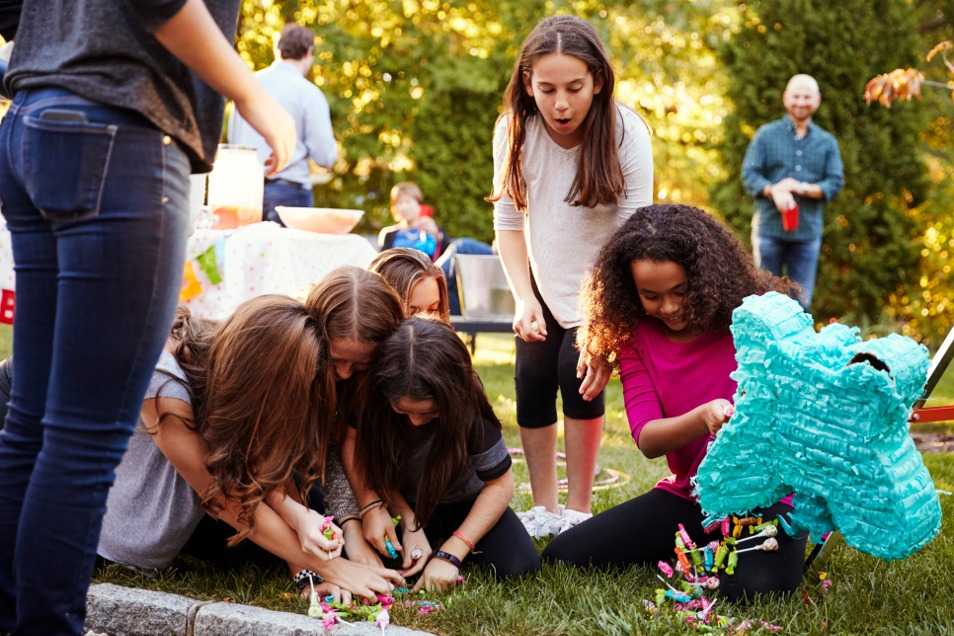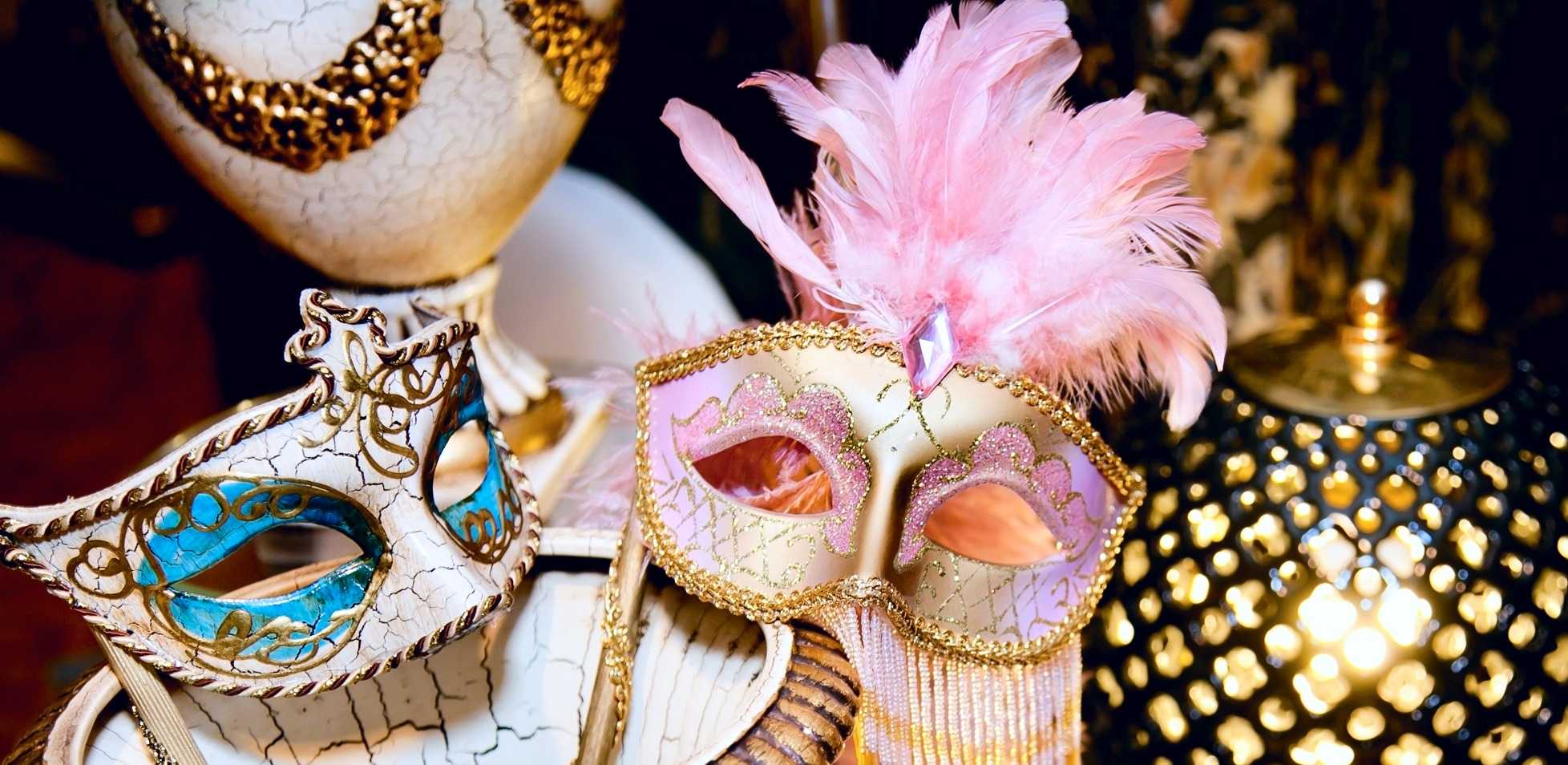Birthday Traditions from around the World
In most Western cultures, birthdays are celebrated with cakes and candles. In the following, we take a look at some unique ways of celebrating, from bumps to noodles.
Birthday Bumps
In countries such as Ireland and the UK, you might want to watch out on your birthday! Tradition states that the person celebrating is taken by the arms and legs and then is “bumped” up into the air and down onto the floor. This is repeated one time for each year of their age — plus an extra bump for “good luck”!
Birthday Ear Pulling
In Italy, Hungary, Argentina, and other countries, a similar tradition to the birthday bumps dictates that you wish a happy birthday by pulling on the earlobes of the birthday boy or girl. This is done once for each year of the person’s age.

Geburtstag in Germany
When it comes to wishing someone a happy birthday in Germany, there is a strict rule that must be observed: no one should say Alles Gute zum Geburtstag before the actual birthday. Breaking this rule is not only considered rude, but also bad luck. For the same reason, birthday parties are never celebrated early. If your birthday is on a Monday, for example, you would have the party on the following weekend if you don’t want to celebrate during the work week.
In addition to that, the person celebrating the birthday is the one supposed to buy drinks for their friends or bring cake to work, unlike in many countries where it is the other way around.

Australian Fairy Bread
In Australia, instead of the big classic birthday cake, you are more likely to see “fairy bread”: sliced white bread spread with butter and covered with hundreds of colorful sprinkles. This desert is very simple, but it is definitely a favorite among children and adults and a must-have at birthday parties in Australia, as well as New Zealand.
Greased Nose
In Canada, especially on the Atlantic side, it is a common practice to sneakily grease the birthday boy/girl’s nose with butter. By doing so, the greased nose will make the person too slippery for bad luck. The amount of butter even increases as you get older!

Birthday Fun in Mexico
The large Mexican birthday parties are celebrated with a piñata, which is a festive object or an animal made out of papier mâché and crafted in bright colors. The piñata is always filled with candies, treats, and small toys for birthday kids, and party goers take turns trying to break it — while blindfolded — by hitting it with a bat or stick.
What’s more, a birthday celebration in Mexico cannot end without “the cake in the face”. If it is your birthday, you are supposed to bite the creamy cake without using your hands, while everyone shouts Mordida! Mordida! Mordida! — which means “bite”. After that, your face will be pushed into the cake!
Thoughtful Birthday Cards
Writing a nice and sincere card is the most important part when it comes to wishing someone a happy birthday in Russia. In fact, Russians like giving long and thoughtful cards and messages, with wishes for love, success, and health. Writing a simple “Happy Birthday” would be considered unthoughtful and might cause disappointment.
Moreover, at school, children usually receive small gifts on their birthsay, such as books and pencils, from their teacher and classmates.

Chinese Longevity Noodles
The Chinese opt for eating a plate of long noodles, which symbolize longevity. In order to have a long life, one should slurp the noodles whole, without biting them off or breaking them with the chopsticks.
Birthday Traditions in India
It is common to see younger Indians bending down to touch their elder’s feet in a sign of respect. During someone’s birthday in India, it is possible to see this practice as well: children — who are wearing brand new clothes for the occasion — touch their parents’ feet to show respect and thankfulness for giving them life and for looking after them.
When giving a birthday present in India, it is important to keep in mind that wrapping gifts in black or white paper is considered to cause bad luck.

Celebrating on New Year’s Day
According to old traditions, in Vietnam, everyone should be considered a year older on Tết, the Vietnamese New Year that falls in January or February. For this reason, some people still celebrate their birthday on New Year’s Day. Nowadays, this tradition is not very common, but some older generations still celebrate their birthday this way.
About Noemi Zaccaria
Noemi studies Languages & Communication for Business & Tourism in Italy and is currently working as an Editorial Intern at InterNations. She loves travelling, calligraphy, and home decor. In her free time, you will most likely find her in a nice coffee shop chatting with a friend in front of a warm cup.
Article topics
Related articles
Five Ways to Eat (& Feel) Like a Local
Sampling the local cuisine is a sure-fire way of helping you feel more integrated into the local culture and getting closer to calling your new host country a home. Here are five ways to step out of that culinary comfort zone and into the unknown territory of your new local cuisine.
Conquering Your Culture Shock — The Key to Success
Many people have heard of the term culture shock and most expats have probably experienced a certain degree of it themselves. For some, moving to a new country is a scary prospect and can affect both your mental and physical wellbeing. We have some tips on how to make the process a little easier.
Top Five Carnivals to Put on Your Bucket List
February famously marks the time of Carnival. People from all over the world come together and celebrate this holiday. The list of Carnival festivities around the world is endless, so we have selected five that you should visit when you can!
Best Places to Celebrate New Year’s Eve
Expats may find themselves celebrating New Year’s Eve in a new place every December. Many also travel specifically to experience the coming of the new year abroad. There are plenty of places to choose from, and this article nominates a select few as the cream of the crop.
Embracing Local Living: How You Can Quickly Feel at Home in a New Country
Integrating into a different culture might seem challenging. But with a few strategies, it’s possible to feel at home in a relatively short time. Here are some tips specifically for you to adapt and embrace your new cultural surroundings quickly.




